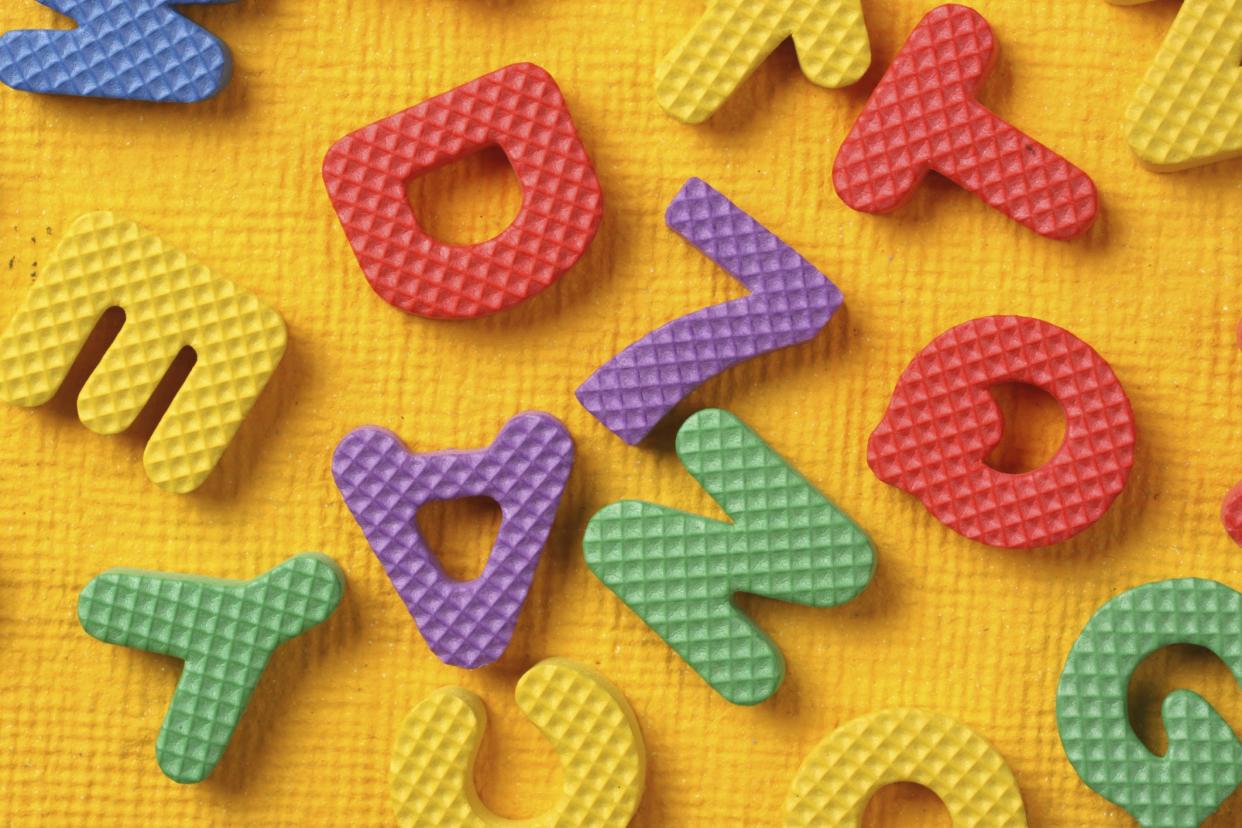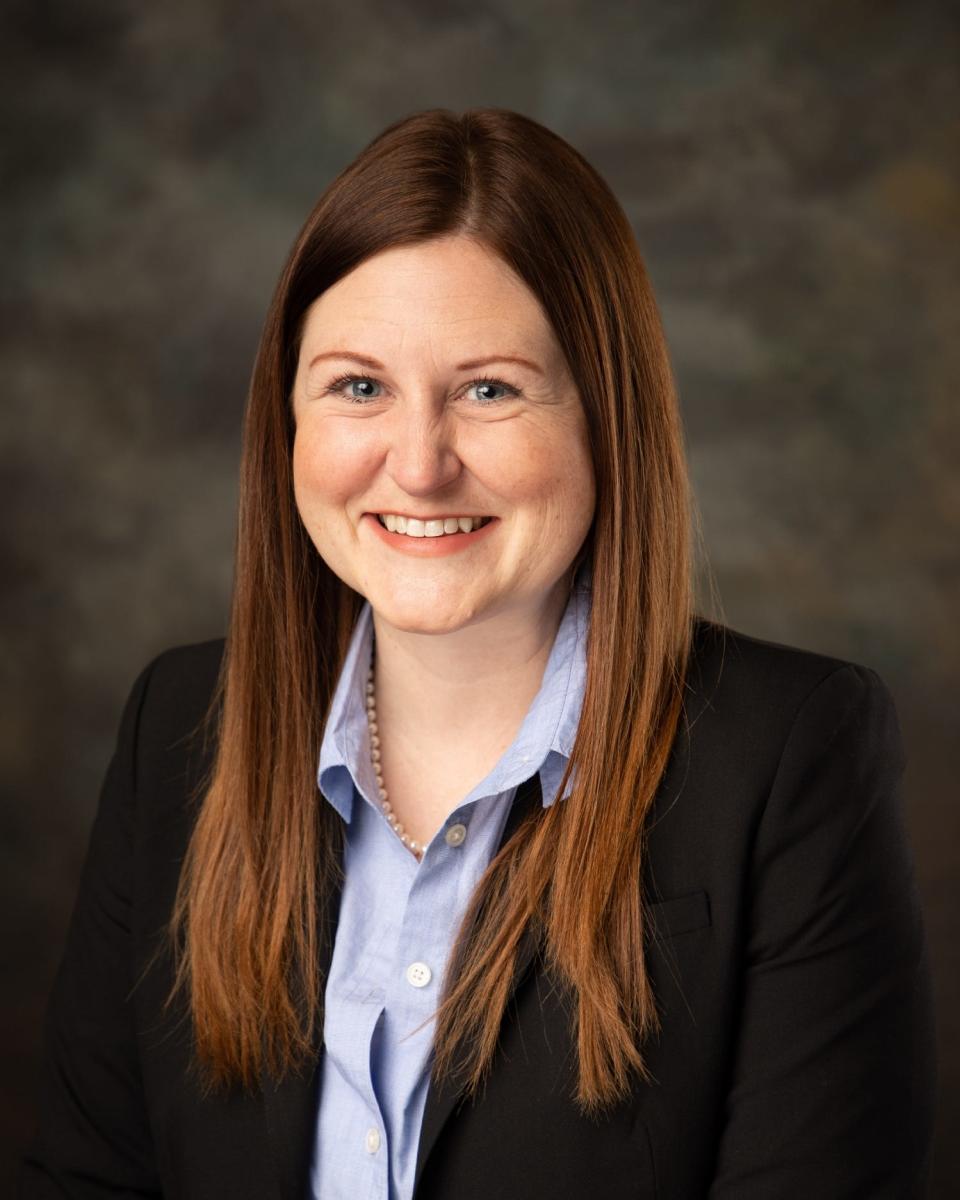Early childhood education in Oklahoma has been a model and even trailblazer to our nation

While we hear a constant rallying call for Oklahoma to be a “top 10 state," there is one overlooked area in which Oklahoma has been a model and even trailblazer to our nation in one very important way: early childhood education. Decades ago, the Oklahoma Legislature had the foresight to pass an education reform bill into law that provided a unique concept, especially for the time: a fully-funded prekindergarten (pre-K) as a grade in the K-12 system. Imagine the ways that, if prioritized well, this could have a positive impact on other “top 10” indicators.
How is pre-K getting it right? Treating pre-K as a function of the K-12 system has further ensured our teachers are highly qualified and that our students have access to age-appropriate, early learning standards and curriculum. I am also fortunate to work for a district with some of the highest rates of access. We take for granted as a state how rare access to free, high-quality pre-K is across our country.
Nearly three decades later, we find that not only have we consistently held a place in the top 10, but have moved up to number two for providing access to high-quality pre-K, reaching nine out of 10 indicators of quality. The extensive research that has been done on early childhood, including research that has come out of the state of Oklahoma, has indicated that our full-day pre-K program is hitting the mark!
While pre-K is not mandatory, it is extremely important. Young children exposed to pre-K learn important skills, the most impactful for later success: executive functioning skills. Learning to get along, conversing with other children and adults, asking questions, planning and emotional regulation are all key to the child’s future learning. Children who attend pre-K are set up for success through the experiences they have throughout the grade in hands-on, play-based learning.
Pre-K is not an anomaly; it is evidence that real teaching and learning can happen when teachers and classrooms are supported with low teacher-to-student ratios, materials and supplies for hands-on learning, age-appropriate standards and curriculum, and the space to do the work.
Our main failure is not recognizing what we have by providing the adequate funds to run it.

Stephanie Hinton is director of early childhood with Oklahoma City Public Schools.
This article originally appeared on Oklahoman: Educator: Real learning can happen with low teacher-to-student ratios

